The Internet of Things (IOT) is one of the most widely used and common technologies in the current era and the fourth industrial revolution. While a growing number of companies are creating value using IoT applications, the technology is still in its early days. Two trends have significantly expanded the possibilities of the Internet of Things in companies and multiply the practical applications and at the same time reduce the costs:
The emergence of new wireless communication networks specifically designed for IoT applications can reduce costs and increase the reach of networked and Internet-connected devices.
The arrival of "edge computing" IT infrastructures, which facilitate the analysis and reaction to IoT sensor data close to the source, make devices more responsive to changing situations and prevent communication bottlenecks.
.
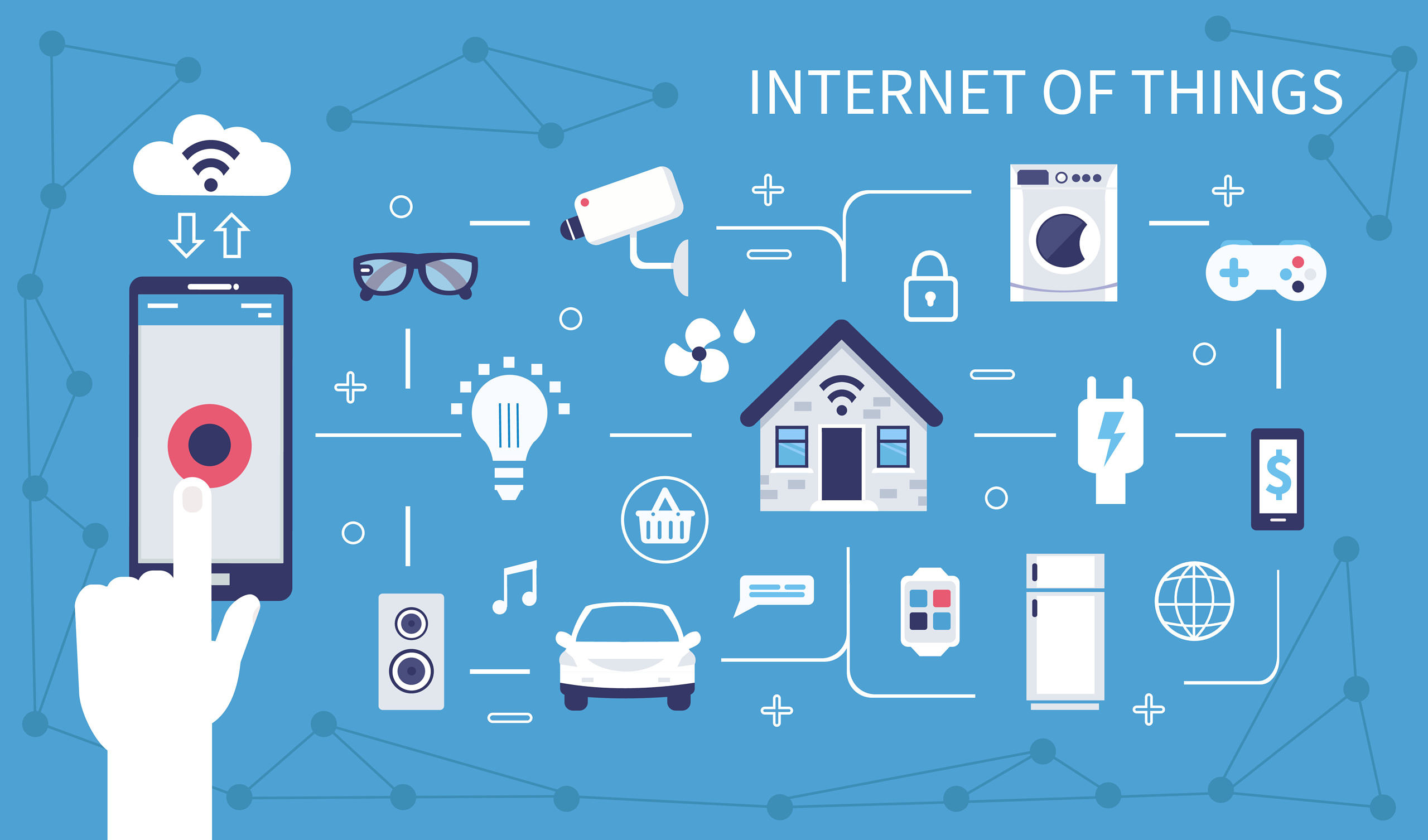
What is IOT and its applications
The Internet of Things or IoT means the connection of devices and equipment to the Internet and other connected devices. The Internet of Things is a vast network of connected devices and people, all of which collect and share information about their usage and surroundings.. The network consists of a huge number of objects of all shapes and sizes: from smart microwaves that automatically cook your food for the right amount of time, to self-driving cars whose sophisticated sensors detect objects in their path, and fitness devices. Devices that measure your heart rate and the number of steps you've taken during the day and then use this information to suggest the right exercise programs for you. There are even soccer balls that connect to the net and can track the distance and speed of the throw and record the stats via an app for later training purposes.
.
Devices and objects equipped with built-in sensors are connected to an IoT platform. This platform integrates data from different devices and analyzes this information to share the most valuable usage information with apps built to meet specific needs. These powerful IoT platforms can determine exactly what information is useful and what information can be safely discarded. This information can be used to identify patterns, provide recommendations, and identify potential problems before they occur.
For example, if I own a car company, I might want to know which optional car components (for example, leather seats or aluminum wheels) are the most popular features. Using the Internet of Things technology, I can:
- Use sensors to understand which parts of the car showroom are the most popular and where customers linger the most.
- Looked at sales data to find out which car parts were selling faster than others.
- Automatically Balance sales data with supply so popular items don't run out of stock.
.
1st Scenario : IOT in your house
Imagine waking up every day at 7 am to go to work. An alarm clock does a good job of waking you up, until something goes wrong. Your train trip has been canceled and you have to drive to work instead. The only problem is that it takes longer to drive and you have to wake up at 6:45am to avoid being late. Oh, it's just raining too; So you should drive slower than usual. A watch that is connected or equipped with the Internet of Things will reset itself based on all these factors to make sure that the top of the watch is working. Using its capabilities, this watch can detect that your regular train has been cancelled, calculate the driving distance and time required to reach your workplace, check the weather and factor in slower speed due to heavy rain, and calculate when to Wake you up to get to work on time. Even if it's super smart, it might sync up with your IoT-enabled coffee maker so your morning coffee is ready when you wake up.

2nd Scenario: IOT at transportation
A few minutes ago you woke up to the sound of your smart watch alarm and now you are driving to work. The engine light turns on. You'd rather not go straight to the repair shop, but what if there's a serious problem? In a car equipped with the Internet of Things, the sensor that turns on the check engine light communicates with other components of the car. A component in the car collects data from sensors and sends it to a port in the car that sends the most relevant information to the car manufacturer's platform. The manufacturer can use the vehicle's data to give you time to repair the part, send directions about your vehicle to the nearest dealer, and make sure the correct replacement part is ordered so it's ready when you arrive at the repair shop.
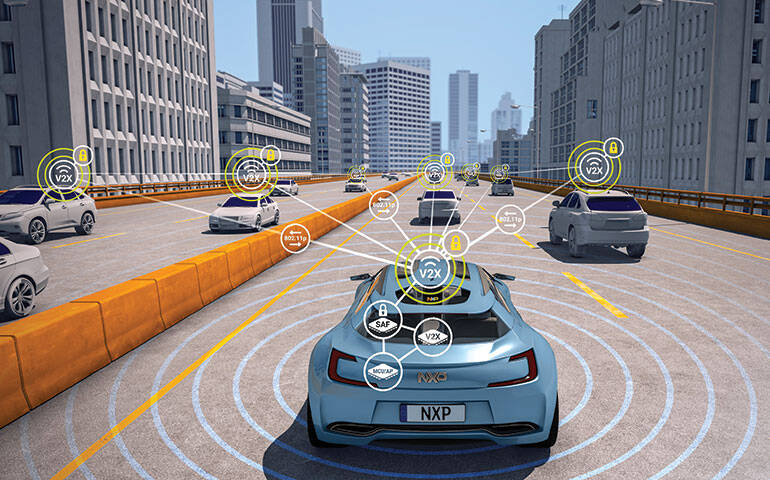
Industrial Internet of Things (IIOT)IIOT) چیست؟
Over the past 15 years, the Internet revolution has redefined many industries, most importantly those that are in direct customer contact, such as media, retail, and financial services. In the next 10 years, the IoT revolution will dramatically change the manufacturing, energy, agriculture, transportation and other industrial sectors of the economy, which together account for nearly two-thirds of global gross domestic product (GDP). Also, this technology will change the way people work by changing the interactions between humans and machines.
This latest wave of technological change, called the Industrial Internet or Industrial Internet of Things (IIOT), will bring unprecedented opportunities along with new risks to businesses and society. The IoT combines the global reach of the Internet with a new ability to directly control the physical world, including the machines, factories, and infrastructure that define the modern landscape. However, like the Internet in the late 1990s, the Industrial Internet is currently in its infancy and must answer many important questions, including how it will affect existing industries, value chains, business models, and the workforce, and what organizational and government leaders will do to What steps should be taken to ensure its long-term success?
Various research shows that IOT is truly transformative, changing the basis of competition, shifting industry boundaries, and creating a new wave of innovative companies; Just as the current internet gave birth to Amazon, Google and Netflix. However, most organizations are still struggling to understand the implications of IOT on their businesses and industries.
At IBM site The Mackenzie report, "The Internet of Things: Charting the Value Beyond the Hype," is very optimistic about the economic impact of the Internet of Things on various "environments" such as factories, stating: "The potential value that can be achieved with IoT applications in the factory environment , we estimate it could reach $3.7 trillion in 2025, or about one-third of the total potential economic value. As such, everyone involved in manufacturing in some way is interested, including long-established industrial manufacturers and those whose products and services are critical supporters of successful IIOT deployment.
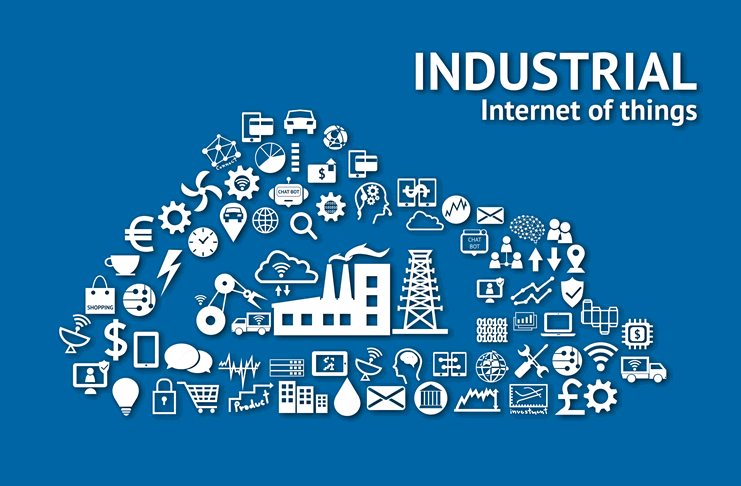
Industrial Internet of Things (IIOT) applications
Devices connected to the network are divided into three categories:
♦ Internet of Things related to the consumer domain such as mobile devices
♦ Internet of Things related to the organizational field that includes smart factories and agriculture
♦ Internet of Things related to public spaces such as waste management.
Businesses are using IoT to optimize supply chains, manage inventory, and improve the customer experience, while smart consumer devices like the Amazon Echo speaker are now in every home thanks to the proliferation of low-cost, low-power sensors.
Factories use IoT for monitoring plant equipment and supplies, preventive maintenance, and security.
Cities have been using IoT technology for more than a decade to facilitate everything from water meter reading to traffic flow. For example, in New York City all buildings (New York has more than 817,000 buildings) are equipped with wireless water meters. Since 2008, this new meter replaced the manual system where you had to walk a long distance to read the number and issue a bill. Many cities now use license plate readers, traffic counters, red light cameras, radiation sensors and surveillance cameras to manage daily operations.
In Medical Sciences, IoT can help improve healthcare through remote patient monitoring, robotic surgery, and devices like smart inhalers. In 2020, the role of the Internet of Things in the prevention and control of Covid-19 has been very valuable. IoT applications such as network-connected thermal cameras, contact tracing devices and mobile health monitoring devices are said to provide critical data needed to help fight disease, while temperature sensors and package tracking will ensure the safe distribution of vaccines. They helped sensitive to Covid-19. Beyond healthcare, the Internet of Things has helped make supply chains disrupted by Covid-19 more resilient. Also, automated activities in warehouses and factory floors have helped promote physical distancing and safe remote access to industrial machines.
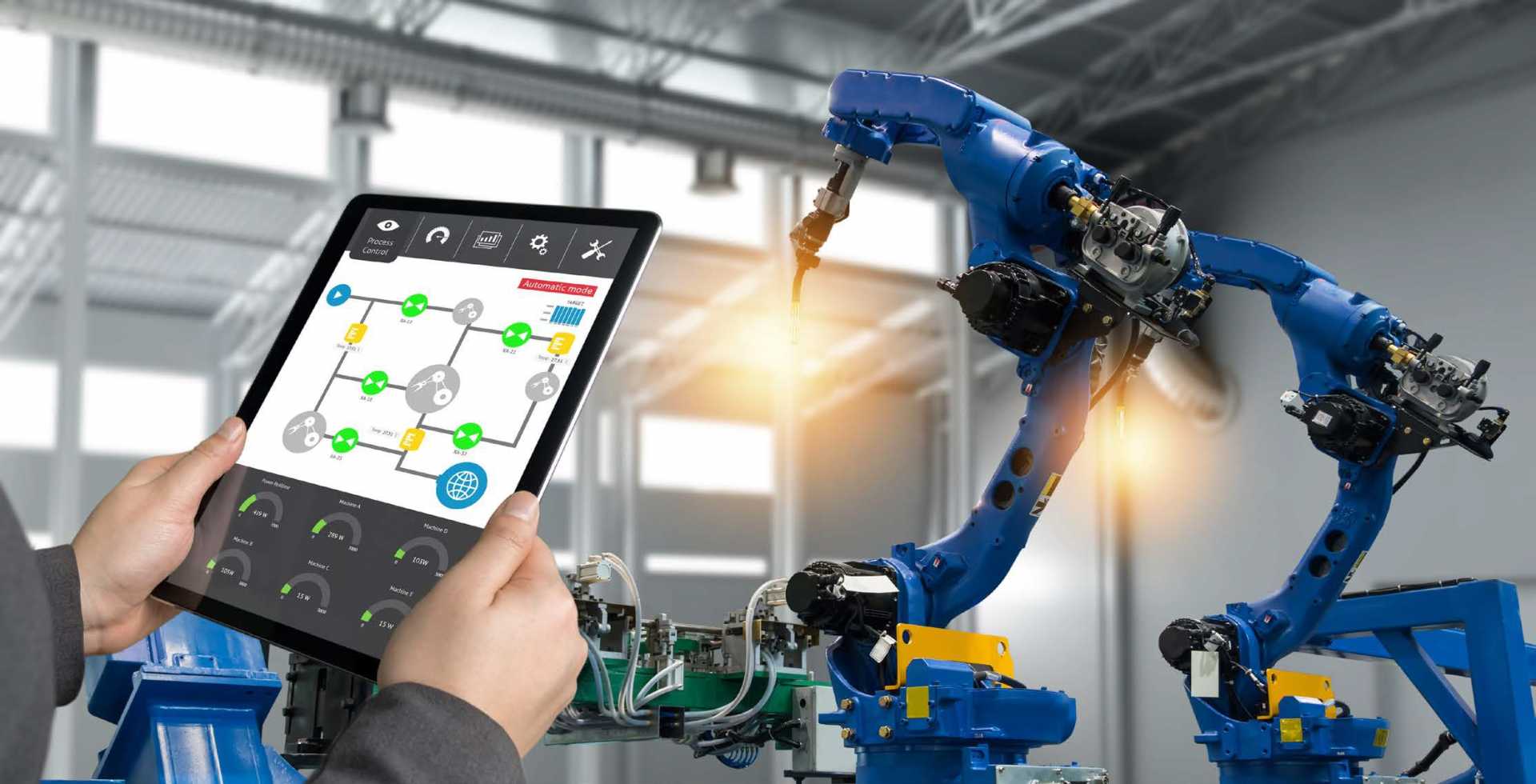
IOT in Iran
Despite many problems in the development of new technologies, projects and startups in the field of Internet of Things in Iran in the fields of transportation, energy management, environmental protection, positioning, smart car, earthquake prediction, agriculture, animal husbandry, education, health and safety, home, building , smart tools and insurance are active.
In the field of transportation, "Smart Road Transport Fleet Monitoring" has been launched by Law Enforcement Command of the Islamic Republic of Iran, in which a device is installed on every vehicle, including buses, trucks, minibuses and other road transport vehicles, and through this device, a stable connection between the system and the vehicle is established.
In the field of "Energy Management", "Intelligent Energy Measurement and Management System" has been launched and its application is intelligent load reading and control system and energy management using new technologies. In energy management, intelligent temperature monitoring platform has also been developed by knowledge-based companies, which uses self-monitoring temperature and humidity sensors, server room monitor, temperature monitor, soil moisture sensor to inform the user through SMS module or application.
In the field of "smart car", a platform has been designed and implemented by knowledge-based companies, which is installed with a piece of hardware on the car's control unit and measures things such as the amount of fuel, speed, tire pressure and the location of the car, and through the Internet, it is possible to monitor It provides these things for the driver or car owner. In the field of earthquake prediction, they receive the signs using the mobile phone network and by analyzing the received data, they predict and announce the probability of an earthquake.
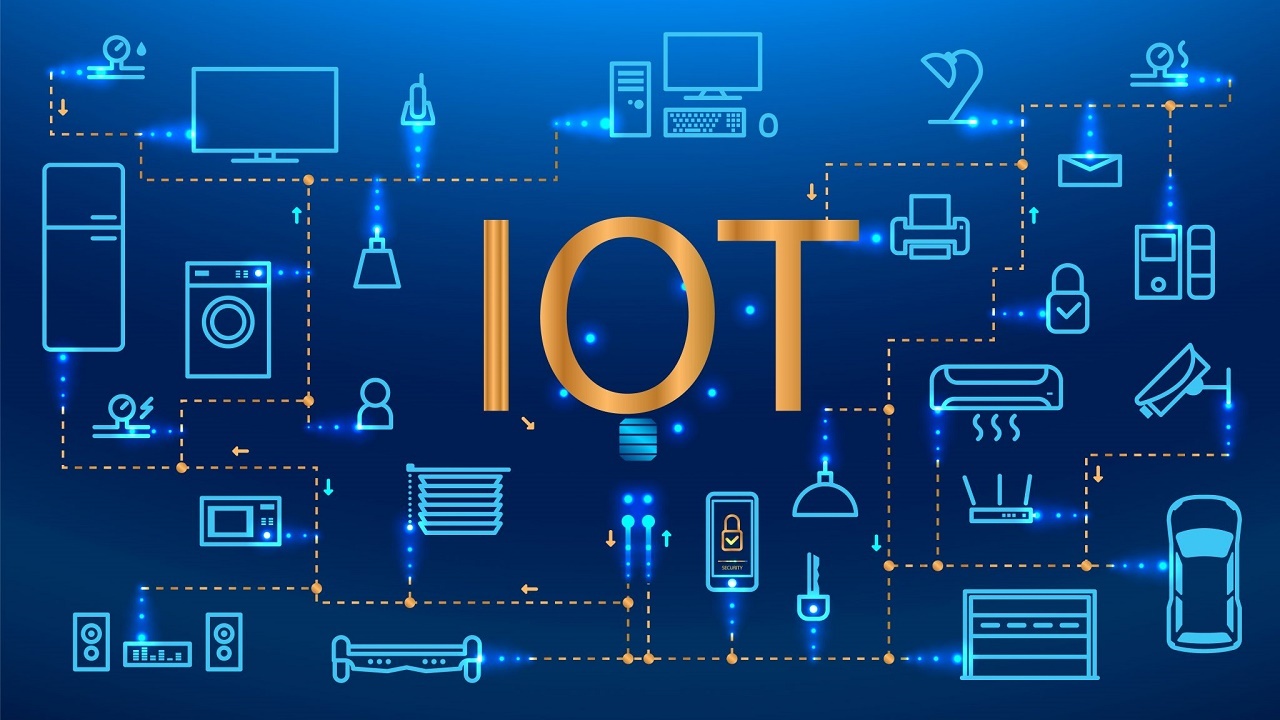
In the field of "agriculture", the "agricultural early warning system" has been designed by knowledge-based scientists. This system receives, transmits and monitors influential environmental factors such as soil and air moisture, temperature, wind speed and direction, solar radiation and pest light traps. Receiving service from meteorological websites provides the possibility of intelligent analysis of the climate situation by considering garden and agricultural products.
In the field of "animal husbandry", Internet of Things (IOT) tries to enter the field of animal husbandry and by using the sensors that are installed on the cows in the first phase, they will receive information about the animal and create optimal conditions for growth, increasing lactation and increasing productivity. For example, the "Intelligent Livestock Health Management Platform" has been designed, which is an infrastructure for real-time monitoring and monitoring of livestock health and based on Internet of Things technology, which includes the control and reporting of livestock biological variables, alerts, and the provision of intelligent advisory services.
In the field of health and safety, patient-centered imaging is designed by knowledge-based companies to go far beyond pre- and post-operative simulation. Surgeons can instantly manipulate the virtual image as the patient looks at himself on the screen. Therefore, as the surgeon verbally describes the patient's condition, he also shows the visual effects on the person himself, and with this visual connection, the patient understands what the surgeon suggests to him and actually replaces the interpretation of the doctor's words.